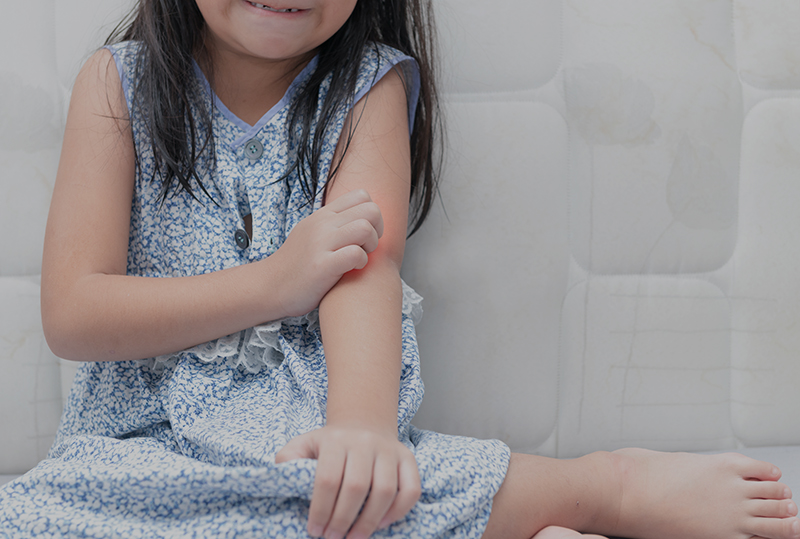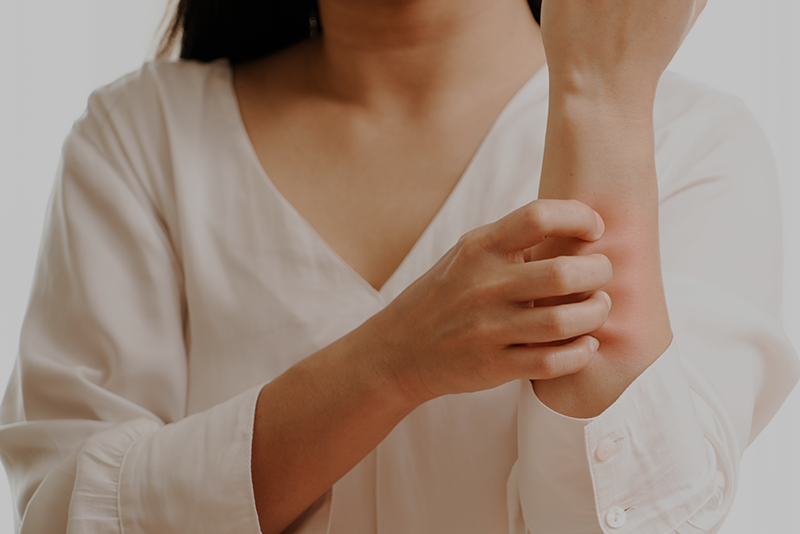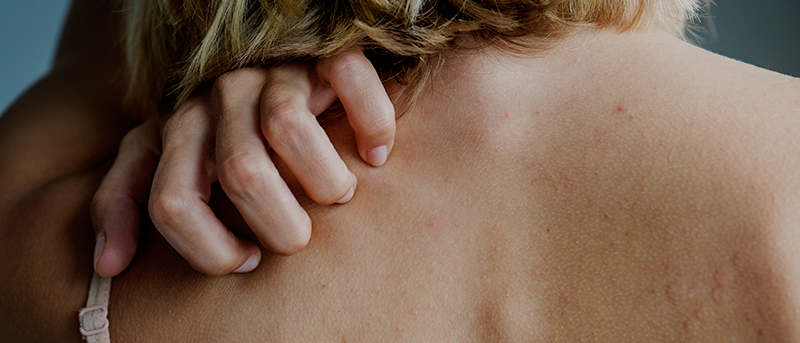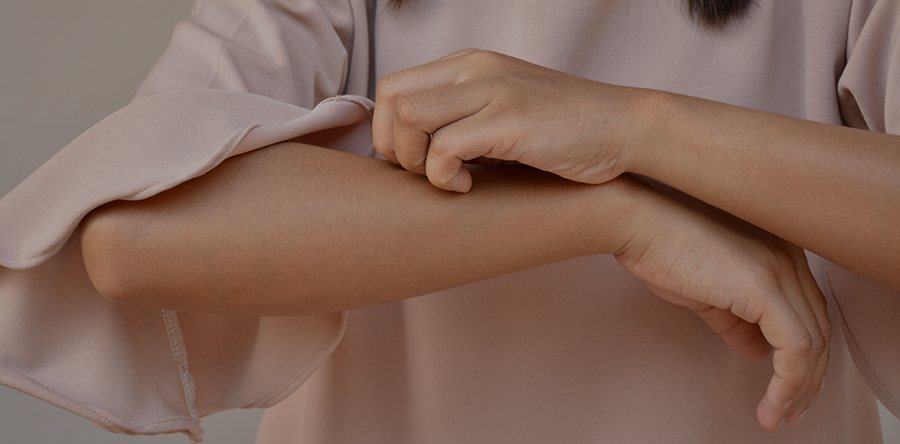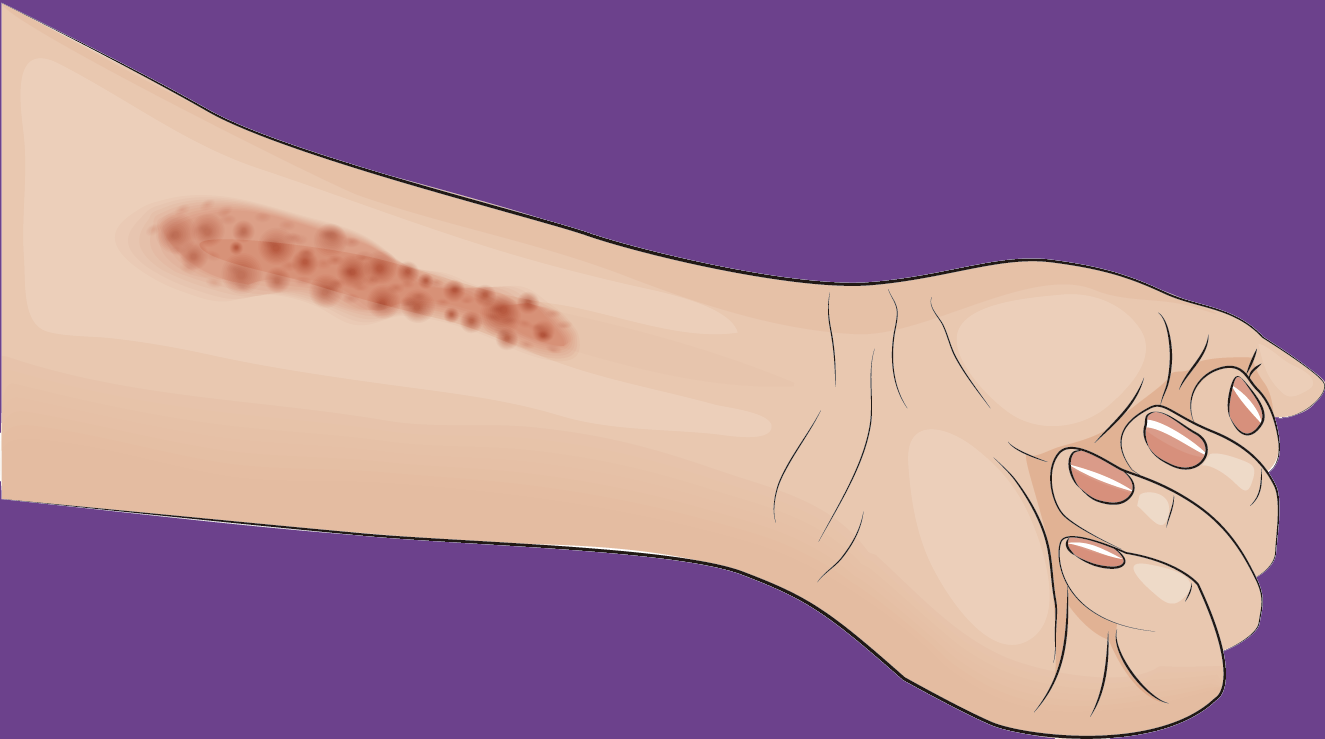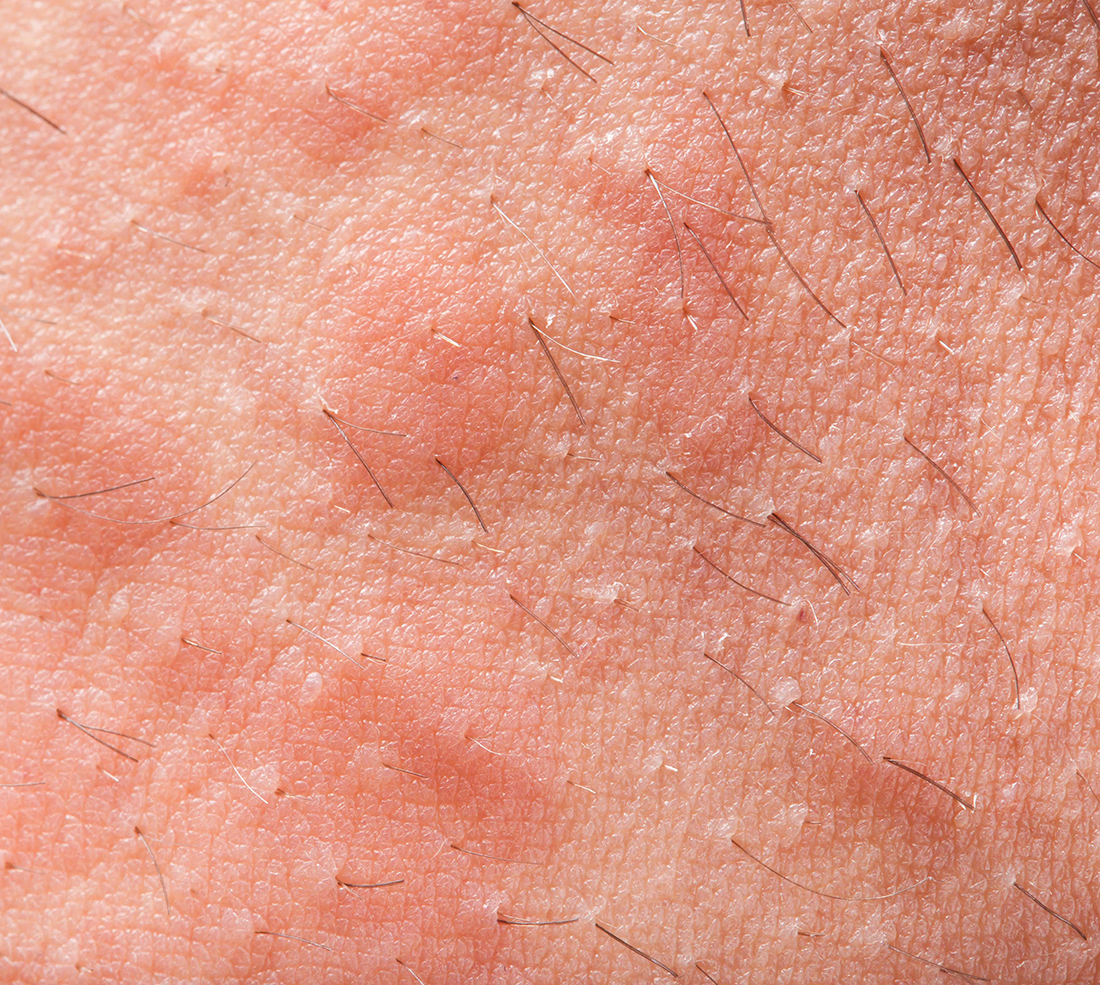
Fein MN, Fischer DA, O’Keefe AW, Sussman GL.
Allergy Asthma Clin Immunol. 2019 Oct 1;15:61. doi: 10.1186/s13223-019-0375-9. eCollection 2019. Review.
H1-antihistamines are the most used class of medications for the treatment of allergic rhinitis and urticaria. The first generation of antihistamines has been available since 1946, however its common side effects, such as sedation, impairment with decreased cognitive function, poor sleep quality, dry mouth, dizziness and orthostatic hypotension led to the development of newer, less-sedating second and third generation antihistamines, which became available in the 1980s. These newer generations of H1-antihistamines have a better safety profile and improved potency and efficacy. They are the recommended first-line treatment for mild allergic rhinitis and acute and chronic urticaria.
The Canadian Society of Allergy Clinical Immunology (CSACI) recommends that second and third generations of H1-antihistamines are preferred over first generation antihistamines for the treatment of allergic rhinitis and urticaria. CSACI also recommends that first generation antihistamines should only be sold behind the counter in pharmacies and as a last resort due to the risks of their use.
To help change practice and improve patient health and safety, the CSACI recommends that efforts are needed to disseminate this information to healthcare providers and patients.

